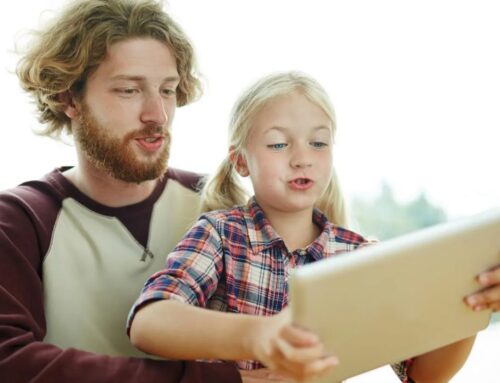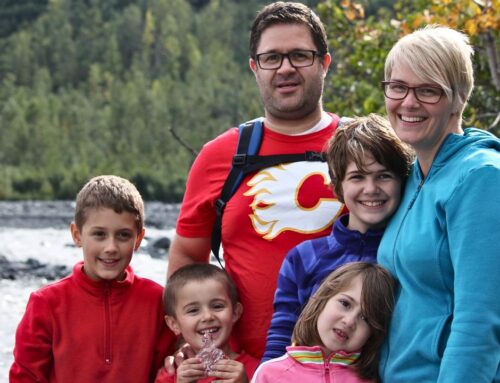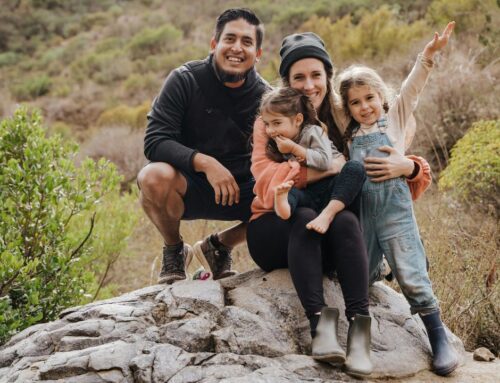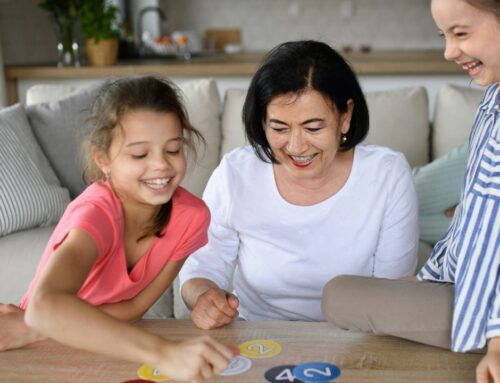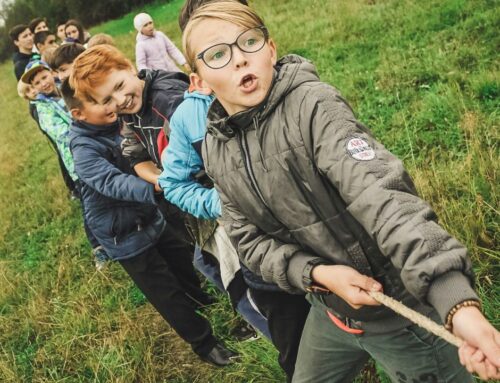Rooted in our philosophy, SelfDesign’s unique approach to learning “has nothing to do with schooling and everything to do with lifelong learning,” says Director of Organizational Learning & Culture River Meyer. “It emerged from real children learning together in true freedom – freedom to be curious and enthusiastic, freedom to work together in community.”
Because our approach differs from many people’s typical experiences with school, families enrolling their children with SelfDesign Learning Community can experience an adjustment when they begin their SelfDesign learning journeys.
They may find themselves confronting their own deep-seated beliefs about learning. Their memories and experiences with school may no longer provide useful reference points to help them guide their child’s learning with SelfDesign. They may discover their expectations about how learning happens no longer apply as they move forwards with their children on their learning journey. And having their child learning at home can heighten the importance of having quality interactions and relationships between parent and child.
Adjustment is normal and to be expected, River says. To help families make the shift, she developed a guided, interactive online course called A SelfDesign Path, or “Path,” to explore the SelfDesign philosophy in practice in their daily family lives.
A SelfDesign Path
Launched in 2010, Path takes participants on a personal journey of self-reflection and exploration of their beliefs and ideas around their relationship with themselves, their children, learning and their lives.
“One of the things we have noticed over time is that when parents are supported as people rather than only in their parenting role, growth tends to happen in an expanding, deepening way, and Path is written for that express purpose,” River says. “The course is designed for adults, for people who interact deeply with children, and the invitation is one of self-exploration within the realm of parenting.”
At the start of every learning year, parents, guardians and caregivers of learners enrolled in SelfDesign Learning Community, as well as our learning consultants, are invited to sign up for the free, self-paced course and engage with it throughout the year. Participants can also join in at any point of the year.
Rich with images, text, audio clips, and inspiring messages, the course invites participants to privately journal their experiences with key SelfDesign concepts and then share any relevant pieces they wish with their child’s learning consultant during their weekly Observing for Learning meetings.
Asynchronous online discussion spaces and periodic real-time meetings allow participants to share thoughts and ideas, stories and struggles, and deepen their reflections and understanding of SelfDesign’s philosophy.
Family dynamics, behaviour, communication … and learning
“Path is designed to deepen the relationship between parents and children in ways that benefit living and learning together,” River says. She calls the course an opportunity for families to “add new tools to the parenting and relationship tool belt” in the way it encourages parents to step back and consciously explore their everyday interactions with their children and others.
“As parents, partners, friends, and people in relationship with others, we tend to respond to things automatically and without thinking about what we’re doing or why we’re doing it that way,” River says. “Path invites us to try out a new way of being in our interactions and responses. And once we become aware of our patterns of behaviour and communication in our relationships, we can decide whether we want to consciously create new ways of interacting and relating or continue along as we have been doing.”
Marianne Butler, Path facilitator and SelfDesign parent, has taken the course many times over the years. She says she learns more and gains deeper insights every time.
“One of the bigger pieces of Path deals with family dynamics and how the way we interact with our kids has a huge impact on how they learn,” she says. “Path helps us explore our own life situations and how we can make decisions to live this practice of putting the child at the centre of their own learning. It can help families understand, for instance, how and why we do weekly Observing for Learning in SelfDesign Learning Community, and why that isn’t just about sharing a list of ‘the 10 things my kid did this week.’”
Over the years, we’ve found that parents who are new to SelfDesign tend to benefit especially from this course as they find their way into the SelfDesign philosophy.
“As I work my way through the Path course, I can see that my daily parenting is changing in gentle, lovely ways,” one parent has told us. “I’m starting to understand how the way I use language and the way I model behaviour are both key in developing the kind of relationship I want with my children.”
One SelfDesign learning consultant and SelfDesign parent says participating in the real-time discussions with other course participants “allowed me to observe and analyze aspects of myself, while feeling fully supported and accepted, if not also valued as a member of the group. We were like-minded individuals but all came to the course material with unique perspectives, which brought deep meaning to the work we did individually.”
“Choosing to have your child learn at home and in community is a big decision,” River says. “But you’re not alone on this journey and you’re not alone as you transition to SelfDesign – we’re here to support you right from the start.”
A SelfDesign Path is one of the resources we make available to support our families as they adjust to our unique, personalized and relationship-based approach to learning.
Path is available at no cost to all parents, guardians and caregivers of learners enrolled with SelfDesign Learning Community.
Read River’s seven-part series about SelfDesign’s philosophy on the blog


